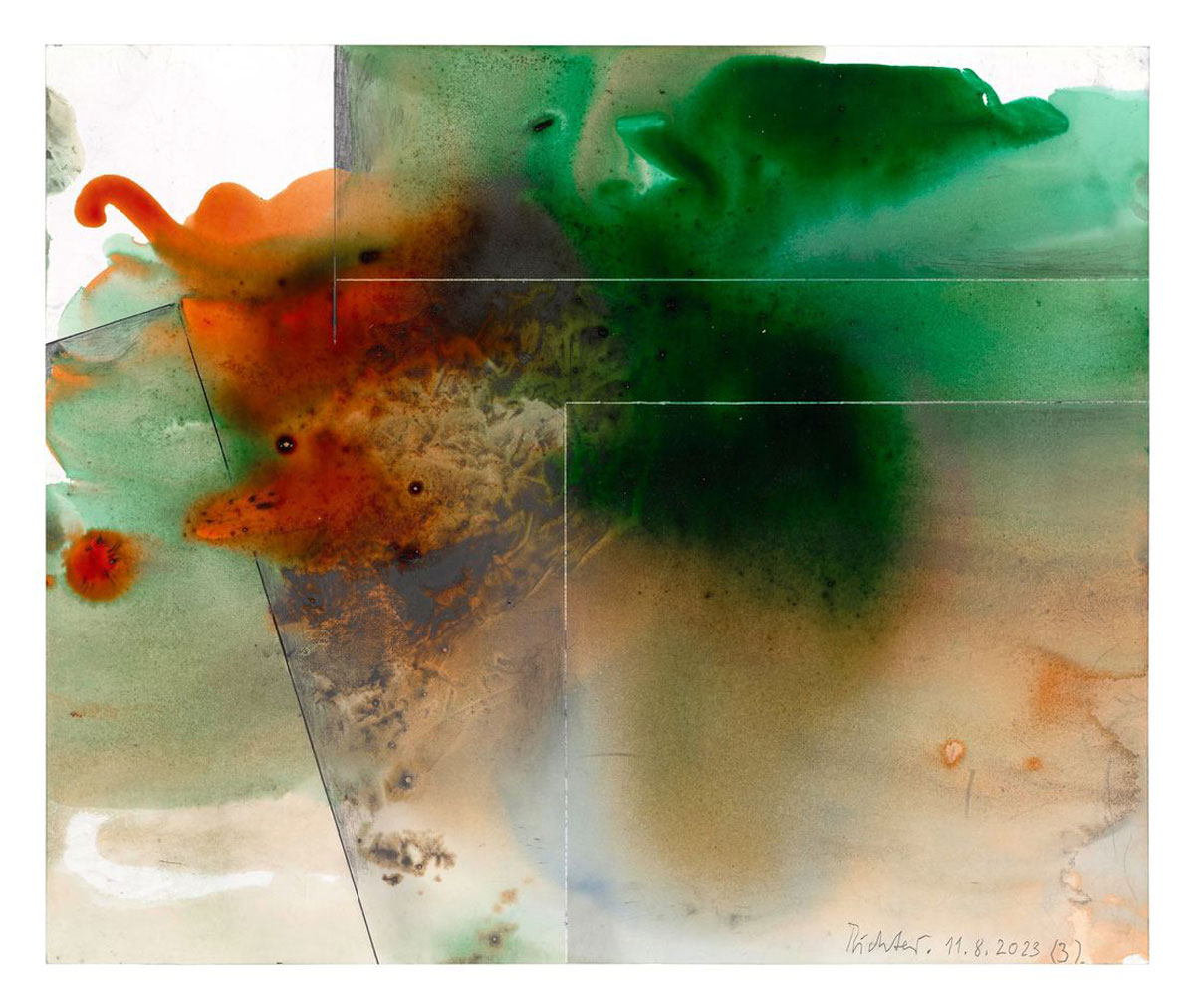PREVIEW: Gerhard Richter
 Gerhard Richter is one of the most influential contemporary artists and is often called the renewer of post-war painting. Richter analysed the traditional painting genres (still life, portrait, landscape), the visual idiom of modern painting (e.g. monochromy, abstraction, grids etc.) and the challenges for the medium in our digital culture. He broadened the concept of painting in dialogue with other disciplines such as photography and sculpture.
Gerhard Richter is one of the most influential contemporary artists and is often called the renewer of post-war painting. Richter analysed the traditional painting genres (still life, portrait, landscape), the visual idiom of modern painting (e.g. monochromy, abstraction, grids etc.) and the challenges for the medium in our digital culture. He broadened the concept of painting in dialogue with other disciplines such as photography and sculpture.
By Efi Michalarou
Photo: David Zwirner Gallery Archive
The exhibition with new and recent work expands upon Gerhard Richter’s sustained inquiry into the fixity of perception and reaffirms his unwavering commitment to the formal and conceptual possibilities of abstraction. Centrally featured are three of the artist’s celebrated abstract paintings, made in the years preceding his decision to move away from oil paint and turn toward drawing and installation with increasing dedication. An expansive group of new works on paper—some made with ink or pencil, others with a combination of the two—illuminates the newfound urgency and prominence that Richter has placed on method and technique in drawing. Richter created the ink drawings, a number of which include unprecedented vividness of color, by dripping the medium onto paper and shifting around the sheet to produce unexpected forms, further augmenting the improvisatory and captivating freedom of movement unique to this body of work. For the pencil drawings, Richter instead combines various elements from a limited set of forms and techniques—including meandering lines, broad tonal planes applied with angled strokes of graphite, and passages of smudging, hatching, and erasure—thereby uniting choice and chance through this infinitely generative process. These works on paper condense and distil the tenets that have remained central to Richter’s practice throughout his career. Also featured are important recent works that illustrate Richter’s longstanding interest in the idea of reflection in both the material and the phenomenological sense of the word. His large-scale paintings and room-sized installations, which are notable for their use of glass and mirrored surfaces, serve as sites for the perpetual creation and contemplation of a new kind of abstract image. On view is a work from Richter’s expansive “Spiegel”(Mirror) series, which the artist began in the 1980s; comprising wall-mounted panes of glossy tinted glass, they invite viewers to look both at and beyond one’s surroundings. A group of vibrant lacquer-behind-glass paintings from 2010 explore the dual role of paint as conceptual image and physical substance. These works eventually led to Richter’s development of the “Strip” paintings (begun in 2011), which are derived from a photographic reproduction of one of the artist’s abstract paintings that is then digitally divided, mirrored, and repeated into a glass-mounted print whose pristine surface removes all traces of its maker’s hand. Crucially, Richter classifies the Strips as “paintings” despite their computerised facture, thus positioning the works at a philosophical nexus in which they examine both the historical implications of painting as well as its future possibilities.
Photo: Gerhard Richter, 11.8.2023(3), 2023, Coloured ink and pencil on paper, © Gerhard Richter 2024 (25012024), Courtesy the artist and David Zwirner Gallery
Info: David Zwirner Gallery, 24 Grafton Street, London, United Kingdom, Duration: 25/1-28/3/2024, Days & Hours: Tue-Sat 10:00-18:00, www.davidzwirner.com/
